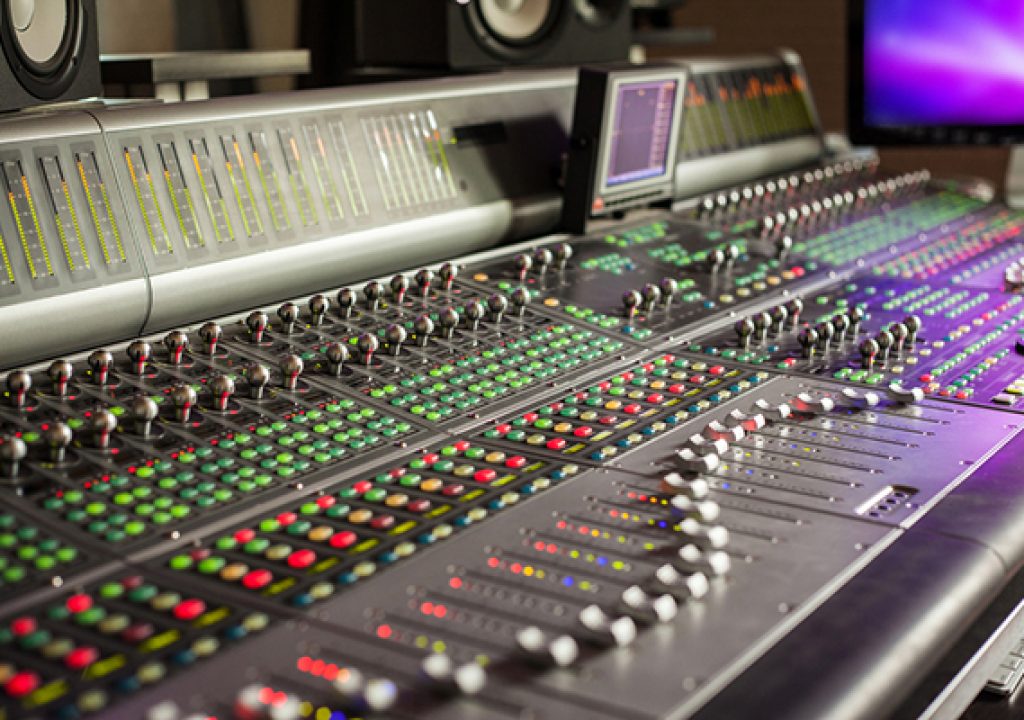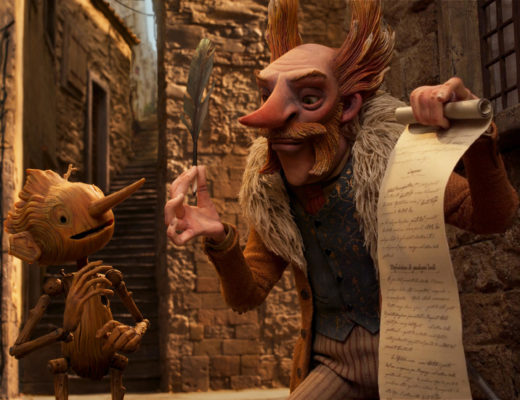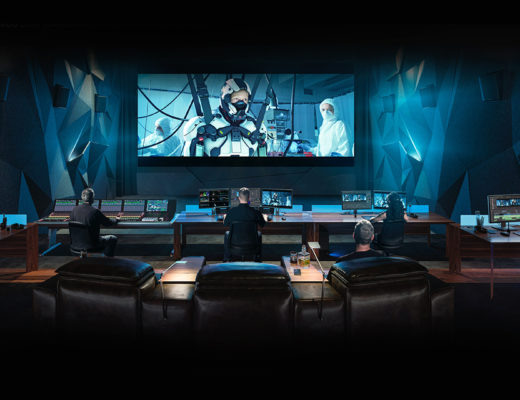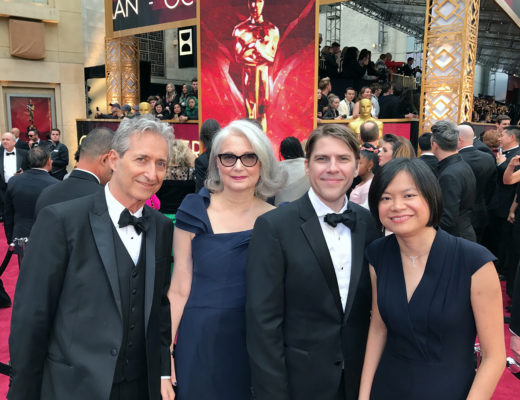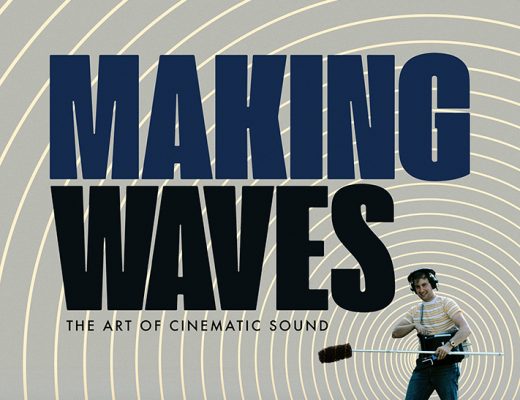
Editor’s Note: “28 Weeks of Post Audio” originally ran over the course of 28 weeks starting in November of 2016. Given the renewed focus on the importance of audio for productions of all types, PVC has decided to republish it as a daily series this month along with a new entry from Woody at the end. You can check out the entire series here, and also use the #MixingMondays hashtag to send us feedback about some brand new audio content.
PVC has a tradition of “28 days” of tips covering a specific subject. As Scott Simmons noted, “28 Days of Quicktips began back in 2009 when I moved The Editblog, from its original home on my own domain to ProVideo Coalition. It was a way to jump into posting on PVC. But really, it was an exercise in getting some good quicktips out into the world, as I always enjoy reading them, so I thought I would enjoy creating them.” Subsequently PVC has been offering 28 Days series, most recently Art Adams fantastic series, “28 Days of Cinematography Insights Redux“. Scott and I discussed my writing a 28 days series on post audio. However, as I’ve been writing the posts it’s evolved into a much deeper look than just a tip or two. So we’ve decided to do 28 weeks of post audio instead of days. I’ll be using the tag #MixingMondays, and each Monday for the next 28 weeks I’ll be looking at a specific aspect of post audio.
Let’s start this series by having a look at what exactly post audio is. Post audio is a complex, multi-disciplined art. It requires the crafts of recording, editing, adding, creating, enhancing, manipulating, mixing and rerecording audio to create the soundtrack for moving pictures. Often misunderstood, if done right, it’s invisible to the audience.
The soundtrack creates pacing, tension, humor and release. It complements the images and the editing. The synergy between dialog, sound effects, music and images makes the total greater than the sum of its parts. Supreme importance is placed on the images, but the emotional lift of a motion picture comes from the unique marriage of moving pictures and sound.

Post audio is a complex piece in the post production process of filmmaking. Of course we don’t really “film make” anymore, and as someone who did – with magnetic sprocket film, gang synchronizers, squawk boxes and grease pencils I can tell you – we are all the better off for the technological advances. Audio post starts with the choices made in picture editorial, and then adds to the sound from there – with sound design, dialog work and musical elements and score.
The main goal is to create the best sounding mix possible. You want to tell the story that the filmmaker has created – in sound. However, this can only be done with the given elements at hand. If dialog is missing, it will need to be replaced. If it’s a unique alien landscape then it will need to be sound designed. Then too, there are also the specifications for the final mix and audio delivery. This is often detailed in a giant tome, written in inconsistent, often nonsensical language. Here one will find the instructions for what main mixes and sub-mixes are required and what the technical requirements are for QC (quality control) evaluation and ultimately – payment.
The main elements of audio post can be broken into three components – dialog, music and effects. From there, these three main components can be further broken into several sub categories for each. For instance, dialog can be the location audio, the recorded on-set performances. Dialog can be a narrator or voice over or other spoken word elements outside of the on-set dialog recordings. Dialog can be background voices or crowds, sometimes referred to as walla.
Dialog is an essential component in all aspects of audio post. Dialog is often called an “anchor element” for mixing purposes. Dialog audio is an important part of the soundtrack, however it is, by its nature, quite a different sort of recording than a music track or an effects track. Different care must be taken in its editing and mixing.
The effects portion can be broken into categories such as what we call hard effects, like a steam train or a plane passing, or a car honk or door slam. Or effects can be atmospheric sounds like wind or birds or crickets, often referred to as backgrounds. They can also be Foley effects, which are recreated human sounds that include, walking, prop handling and clothing movements. Foley effects are recorded to picture, in sync with the on-screen movements.
The music elements of a soundtrack can also be sub-divided. Those include the musical score, the background source music that might be playing in elevators or grocery stores, or songs that could be playing in a car that the characters sing along with. Music is integral to any soundtrack but can be a relatively small part of the audio post process.
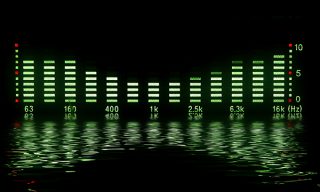
Every project’s audio post requirements are unique. Some may require extensive dialog replacement, some require extensive sound effects designing, some require noise reduction, some require lots of music editing and most require all of the above and much more. Post audio services for any particular project will be determined by the genre of project as well as the scope and budget for the work.
Typically, a director and producer will turn over the locked picture cut with an accompanying AAF or OMF of the edited sound files to sound editorial. After that there are several parts of the audio post process.
Post audio typically will begin with the spotting process. Spotting is working through the project, one scene at a time between the supervising sound editor and the director or producer. It’s the first chance to watch it all and discuss the imagined soundscape of the project with the director, to fully understand the sounds they need for the telling of their story. What parts of the story will need to be better understood through sound, what problems are there in the in the sound – bad recordings, missing audio, and what is the feeling of the sound track, spiritual and uplifting, dark and foreboding, clear and representational, moody and impressionistic?
Once the style and needs of the story have been decided then the editing, design, sourcing of the effects, writing of the music and the various dialog, music and effects can be pulled together. All of those elements are then mixed and blended into the final soundtrack, enhancing and highlighting story points, creating an immersive, seamless, emotional experience.
Once the final mix has been completed, that soundtrack will be broken down into its various elements, the many various versions of dialog, music and effects and then delivered with all of the sub-mixes. These audio deliveries will vary from project to project.
Over the course of the next 28 weeks I’ll be delving deeper into each of the things I’ve just touched on here and many aspects of the crafts of post audio, be it the technical requirements, the deliveries, the design and the edits, as well as the recording and mixing. There is a lot of ground to cover and over the next 28 weeks I’m looking forward to discussing these things with the help of some of the best audio editors and mixers working in Hollywood today. Sound good?
Woody Woodhall is a supervising sound editor and rerecording mixer and a Founder of Los Angeles Post Production Group. You can follow him on twitter at @Woody_Woodhall
![]()

Filmtools
Filmmakers go-to destination for pre-production, production & post production equipment!
Shop Now